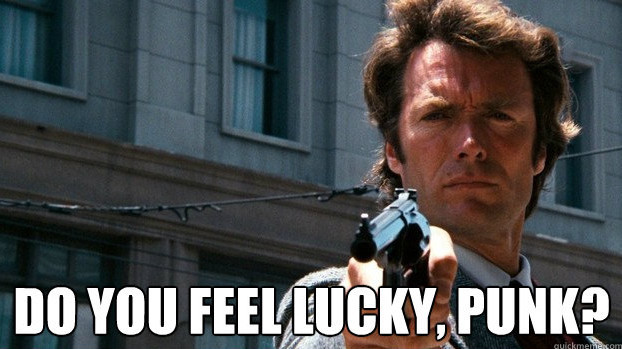Both Lycoming and Continental prop strike recommendations (the manufacturers are not authorized by FAA to issue “instructions” to aircraft owners) have changed over the years. However, neither the FAA regulations on the subject nor the engines themselves have changed: an A&P is authorized to determine airworthiness of an engine. There is an substantial base of experience outside of Lycoming recommendations, some of which indicates to some people that it is better not to disassemble some engine models after some prop strikes with some propellers.
Caveat emptor, as the saying goes in obsolete language. 
FWIW, that is very much contrary to manufacturer instructions, and except for homebuilts such an engine would not AFAIK be airworthy.
I know people will say Lyco etc have an interest in selling engine parts / avoiding liability etc and that is true, but I would have the engine stripped upon any prop strike against something hard and solid.
Obviously it depends on how much one flies, especially over water and mountains. Where I am based, almost every departure to Europe goes straight out over water.
Silvaire wrote:
it’s not clear to me whether engine disassembly decreases or increases the risk of problems in subsequent operation.
It’s indeed a difficult question. Quoting my CAMO engineer again, if an external inspection shows the engine power was low at the time of the strike (so an engine damage is very unlikely), a prudent way to handle it would be to fly 10-20 hours day VFR over a hospitable terrain, exercise the engine and watch its behaviour. If nothing happens, keep flying normally.
Timothy wrote:
Peter wrote:
I can’t speak Latin
You were just educated in the wrong country, what can I say?
Latin is a dead language
As dead as dead can be
It killed the ancient Romans
And now it’s killing me!
Silvaire wrote:
Which for people who communicate in a current versus an obsolete language means “who will watch the watchman”. I’m not sure how that applies to a prop strike diagnosis and repair
I think that this was a reference to Peter’s use of NDT, which could be an “obscure abbreviation” or “Acronym” when he’s the Watchman….. See THIS
Timothy wrote:
Quis custodiet ipsos custodes?
Which for people who communicate in a current versus an obsolete language means “who will watch the watchman”. I’m not sure how that applies to a prop strike diagnosis and repair. In that situation the owner typically employs a A&P mechanic to repair his plane and they collaborate in deciding the best method for diagnosis and repair, based on the owner’s risk assessment and direction. They may utilize service bulletins from the engine manufacturer in making that choice. The A&Ps logbook entry has to factual and legal. What were you trying to say?
The issue in risk assessment to me is that for quite a few aircraft engine types having undergone a minor prop strike, especially with a non-metallic prop, followed by an positive external inspection (without engine disassembly), it’s not clear to me whether engine disassembly decreases or increases the risk of problems in subsequent operation. That probably depends most on who would be doing the engine work.
Peter wrote:
I can’t speak Latin
You were just educated in the wrong country, what can I say? 
Peter wrote:
or the end of the crank “just slightly bent” which will shag the main bearing fast
According to the same CAMO engineer, this will almost inevitably result in an oil leak in front of the engine. Buyer beware.
Quis custodiet ipsos custodes?
I had to do a google on that because – unlike Dan Quayle – I can’t speak Latin 
It also depends on what it hits, not just the power.
The problem with trying to put magnitudes on the risk is this:

I have known people who will take the risk, both owners and engineers advising owners, and there are probably a lot more who will put the plane up for sale without disclosing it… people generally sell planes for the same reasons they sell cars. There will never be a comeback because nobody can prove the cause.
What I have heard from engine shops is that the chances of finding cracks are not closely related to what happened. One shop told me they had a gear up landing and the prop was severaly mangled, blades bent by 45 degrees etc. But the engine NDTd fine. You could gear a gear up in a hangar (somebody messing with the squat switches when off jacks, jack collapse, etc) and get a damaged prop, and the engine could be clean, or the end of the crank “just slightly bent” which will shag the main bearing fast. And a cracked crankcase, bent frame, bent firewall. It doesn’t take much.
You just can’t tell.
It also depends on what it hits, not just the power.
A previous owner of my aircraft taxied into a car at idle power (forward visibility is very limited with the tail on the ground, and he just never saw it). The prop chopped through the offside wing of the car all the way up to the A pillar (and broke the windscreen), making the front quarter of the car look like sliced bread.
The crank was bent, also the engine mounting frame and engine mounts were also distorted. But anyone can see that hitting a car at low power and slicing it up is a bit more severe than tagging a prop tip on a raised piece of ground at low power.